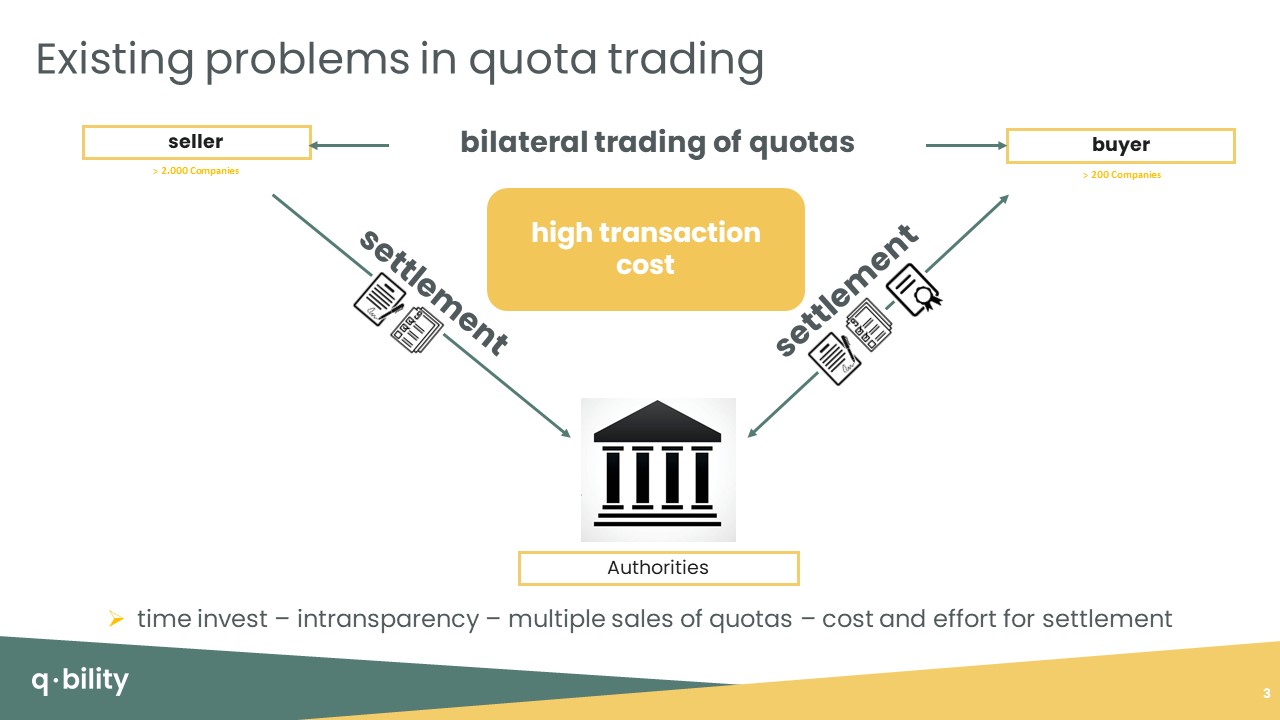GHG Quota
Select language
GHG Quota (external offer from q-bility GmbH)
As a strategic partner of EEX, q-bility offers the first B2B trading platform for trading in greenhouse gas reduction quotas (“GHG quotas”).
Which products can be traded on the platform?
All fulfilment options can be traded in own products, e.g. bio-tickets (bio-diesel and bio-ethanol, etc.), renewable fuels (bio-LNG, power, bio-CNG or hydrogen) and UERs.
All products up to the 2025 commitment year are tradeable and they are traded in EUR/t CO2 eq.
Background information on GHG quotas
In Germany, section 37a of the Federal Emission Control Act (BImSchG) requires companies marketing diesel or conventional fuels to reduce the resulting emissions by a legally stipulated percentage (the “GHG quota”).
In the following years, this percentage will increase as follows:
| Year | Greenhouse gas quota according to section 37a sub-section 4 BImSchG |
| 2023 | 8.0 % |
| 2024 | 9.25 % |
| 2025 | 10.5 % |
| 2026 | 12.0 % |
| 2027 | 14.5 % |
| 2028 | 17.5 % |
| 2029 | 21.0 % |
| 2030 | 25.0 % |
Companies subject to this obligation can achieve the required reductions via two routes: by adding fuels with lower emission values, e.g. power or bio-LNG, or by acquiring GHG quotas from third parties that actually reduce emissions themselves, such as owners of electric vehicles or operators of charging stations.
The different fulfilment options, e.g., include biofuels, electricity-based fuels, ownership of a private electric vehicle or the operation of public charging infrastructure.

